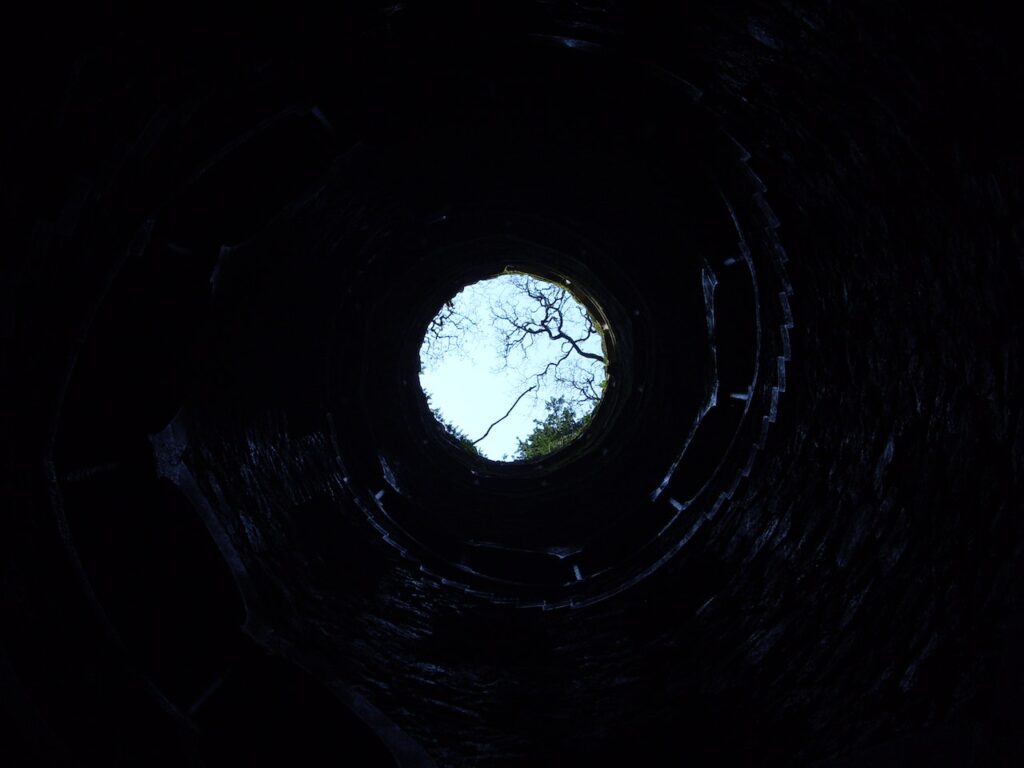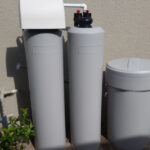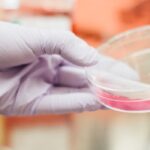There are both harmless and dangerous bacteria in the environment. Coliform bacteria, for example, can be rather dangerous. Total coliform bacteria and fecal coliform bacteria (E. coli) are the two types of coliform bacteria found in well water. Common in well water, coliform bacteria come in many forms, each with its own unique toxicity profile. Getting rid of coliform bacteria completely from public water supplies is a top priority, and contacting water treatment services in Florida is the safest bet. The question now is how to purify well water from coliform bacteria. Coliform bacteria have been linked to a wide range of health issues, from gastrointestinal distress to urinary tract infections and even more unusual conditions. In this blog, we’ll be going over how to eliminate coliform and E. coli in well water in Florida.
Where do coliform bacteria and E. coli come from, and what exactly are they?
E. coli
Humans can die from E. coli. Coliform bacteria are its broadest category. Ruminant animals like cattle and sheep use coliform bacteria to break down food and absorb nutrients. Coliform bacteria are abundant in these animals’ excrement.
Garbage and its germs are eradicated by decomposition. Raw animal manure that hasn’t decomposed can contaminate groundwater with high E. coli levels. This could cause disease if eaten.
Coliform bacteria
Many varieties of coliform bacteria are prevalent in the environment. Many are excreted by warm-blooded animals such as dogs, deer, and humans. The majority of coliform bacteria in the environment are harmless to humans. However, a limited number of these bacteria are pathogenic and cause water-related disorders, including diarrhea. Disease-causing bacteria are rarer than coliform bacteria in the lab. Due to their capacity to survive in water and other extreme conditions, they are employed to detect dangerous microorganisms.
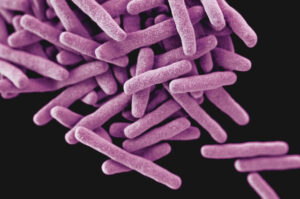
Before you eliminate coliform and E. coli in well water in Florida, run the test again
If a coliform bacterium is found, a second water sample should be taken and tested for Escherichia coli. Coliform bacteria in a water source could mean that there is a problem with the well, but the sample could also be dirty. It’s important to note that even if coliform bacteria are found in water, it doesn’t always mean it’s been tainted by human or animal feces. But if fecal coliforms or Escherichia coli are found in the well, it’s likely that they’ve been tainted by animal or human excrement.
Check for fecal coliform or E. coli while having the water retested, and take the following precautions to ensure a reliable result:
- Carefully adhere to the lab’s directions on how to obtain a water sample.
- If the faucet has an aerator, filter, or hose attached, take it off before filling up your water bottle.
- Be sure to wash your hands afterward and refrain from touching the top or inside of the container.
- If you can, get a sample from a faucet that is geographically close to the well or at least from a different faucet than the one you used before.
Track down the problem’s origin and fix it
A poorly built or malfunctioning wellhead; a shallow well; a well located close to a body of surface water. A close, concentrated source of pollution, such as an old, unused, or abandoned well, septic system, or another source, is a possible contamination source.
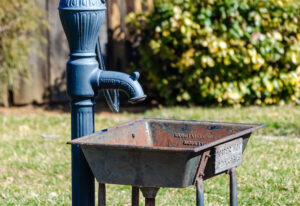
How to eliminate coliform and E. coli in well water in Florida
According to moving experts from nwmoving.com, some of their clients choose to relocate because of this issue. However, it may not be necessary as there are several ways to permanently and easily eliminate the bacteria from the well water.
Ongoing cleaning
Treatment of a well for Coliform requires constant disinfection. Water is constantly dosed with chlorine via a feed system, ensuring that the water is kept at an optimal level of disinfection. Chlorine might be in liquid or solid form. A filter is often installed in front of the feed system to remove silt from the water. Aside from eliminating germs, chlorine in water also digests iron and organic waste. Testing for coliforms and other contaminants should determine the level of chlorine to be used.
Ultraviolet (UV) Radiation
The most efficient way to eliminate coliform bacteria in water for human consumption is through the use of UV light filtering. It’s possible that this method of purifying water might be effective in eliminating harmful microorganisms like bacteria, protozoa, and viruses.
UV lamps are usually positioned at a home’s water entry. This water treatment system treats all your water with UV light before it reaches your home.
Water in the UV chamber amplifies the UV lamp light. UV light changes the bacteria’s DNA, making them unable to grow and spread disease. UV light treatment prevents hazardous microorganisms from proliferating in drinking water but does not destroy bacteria.

Shock chlorination
Shock chlorinating the well with bleach or chlorine can kill microorganisms that may have contaminated the water supply. Before using the bleach, let it rest in the well for at least 12 hours. The next step is to clean the water lines until the chlorine smell is gone from the tap water, at which point a new sample should be taken and tested.
Reverse osmosis
Learning whether or not reverse osmosis kills bacteria is crucial. Well, water may be made safe to drink via the use of reverse osmosis since the process utilizes filters with a micron rating. As bacteria range in size from 0.2 to 2 microns in diameter and 1 to 10 microns in length, a water filter with a 1-micron particle size is optimal for removing them.
Ozonation
Ozonation best disinfects well water from coliform bacteria. Ozone is sprayed into the water to destroy bacteria and other germs, similar to chlorination. Producing gaseous ozone requires power. Ozonation can remove germs, iron, and manganese from water, meeting national drinking water regulations. However, chlorination and ultraviolet lighting cost less.
Ozonation for water quality issues such as bacterial contamination has grown in favor. Ozone, like chlorine, is a potent oxidant that kills germs, but it is far more dangerous and must be generated on-site using electricity. Ozone kills germs in water after being created. This is why picking ozonation to eliminate coliform and E. coli in well water in Florida is a good choice. Ozonation devices are rarely used for disinfection since chlorination and UV light systems are cheaper. They may help disinfect water and remove iron and manganese.


